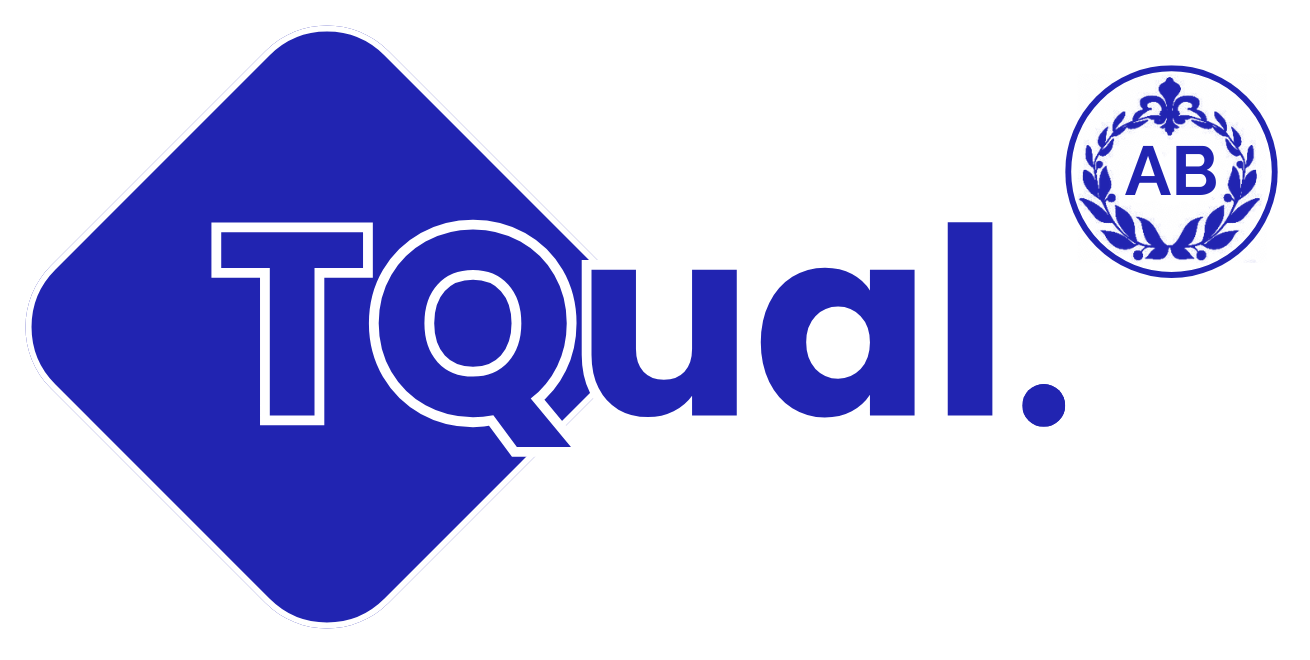Principles of Patient Safety
Understanding Patient Safety:
- Define key concepts and principles related to patient safety.
- Identify factors that contribute to patient safety incidents.
- Explain the importance of a safety culture in healthcare settings.
Risk Assessment:
- Conduct effective risk assessments to identify potential hazards to patient safety.
- Evaluate and prioritize risks based on severity and likelihood of occurrence.
- Implement risk management strategies to mitigate identified risks.
Incident Reporting:
- Describe the importance of incident reporting in improving patient safety.
- Outline the procedures for reporting incidents and near misses.
- Analyze incident reports to identify trends and implement corrective actions.
Duty of Care in Healthcare
Legal and Ethical Framework:
- Explain legal and ethical responsibilities in healthcare practice, including duty of care.
- Discuss the implications of breaching duty of care and potential consequences.
- Apply ethical decision-making frameworks to resolve ethical dilemmas in patient care.
Patient Rights:
- Identify and respect patient rights, including the right to autonomy and informed consent.
- Describe how patient rights intersect with duty of care obligations.
- Advocate for patient rights while ensuring patient safety and well-being.
Confidentiality and Privacy:
- Maintain confidentiality and privacy of patient information according to legal and organizational standards.
- Implement protocols for secure handling and storage of patient records.
- Address challenges and risks related to confidentiality breaches in healthcare settings.
Infection Control Measures
Principles of Infection Control:
- Outline the principles and importance of infection prevention and control in healthcare.
- Describe standard precautions and transmission-based precautions.
- Implement measures to reduce the risk of healthcare-associated infections (HAIs).
Hand Hygiene and Personal Protective Equipment (PPE):
- Demonstrate correct techniques for hand hygiene according to established guidelines.
- Select and use appropriate PPE for different patient care scenarios.
- Educate patients and colleagues on the importance of hand hygiene and PPE use.
Environmental Cleaning:
- Explain the role of environmental cleaning in infection control.
- Implement cleaning and disinfection protocols for healthcare environments.
- Monitor compliance with environmental hygiene standards and protocols.
Medication Safety
Medication Administration:
- Follow safe practices for prescribing, dispensing, and administering medications.
- Verify medication orders and calculate dosages accurately.
- Monitor patients for adverse drug reactions and medication interactions.
Medication Errors:
- Identify common causes of medication errors and strategies to prevent them.
- Respond appropriately to medication errors, including reporting and documenting incidents.
- Participate in medication safety initiatives to improve practices and reduce errors.
Patient Education:
- Educate patients and caregivers on safe medication use, including dosage, administration, and side effects.
- Promote medication adherence and empower patients to manage their medications effectively.
- Communicate effectively with patients about medication-related concerns and questions.
Communication in Healthcare Settings
Effective Communication:
- Demonstrate effective verbal and non-verbal communication skills in healthcare interactions.
- Adapt communication styles to meet the needs of diverse patients and healthcare team members.
- Foster collaborative relationships through clear and respectful communication.
Barriers to Communication:
- Identify common barriers to effective communication in healthcare settings.
- Implement strategies to overcome communication barriers, such as language barriers or cultural differences.
- Use active listening techniques to enhance understanding and communication outcomes.
Patient-Centered Care:
- Practice patient-centered communication to promote shared decision-making and patient engagement.
- Advocate for patients’ preferences and values while respecting their autonomy.
- Evaluate the impact of effective communication on patient satisfaction and outcomes.

